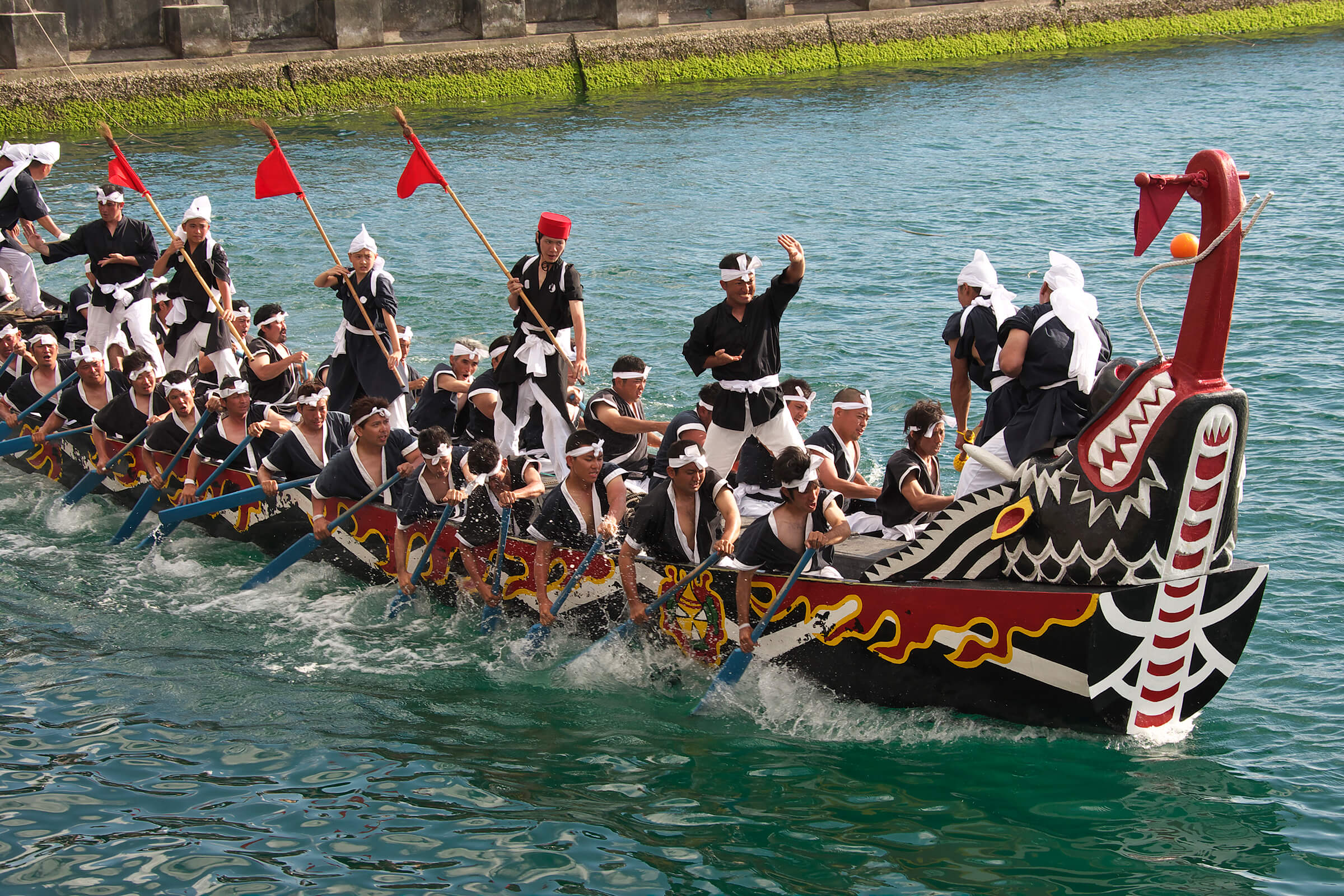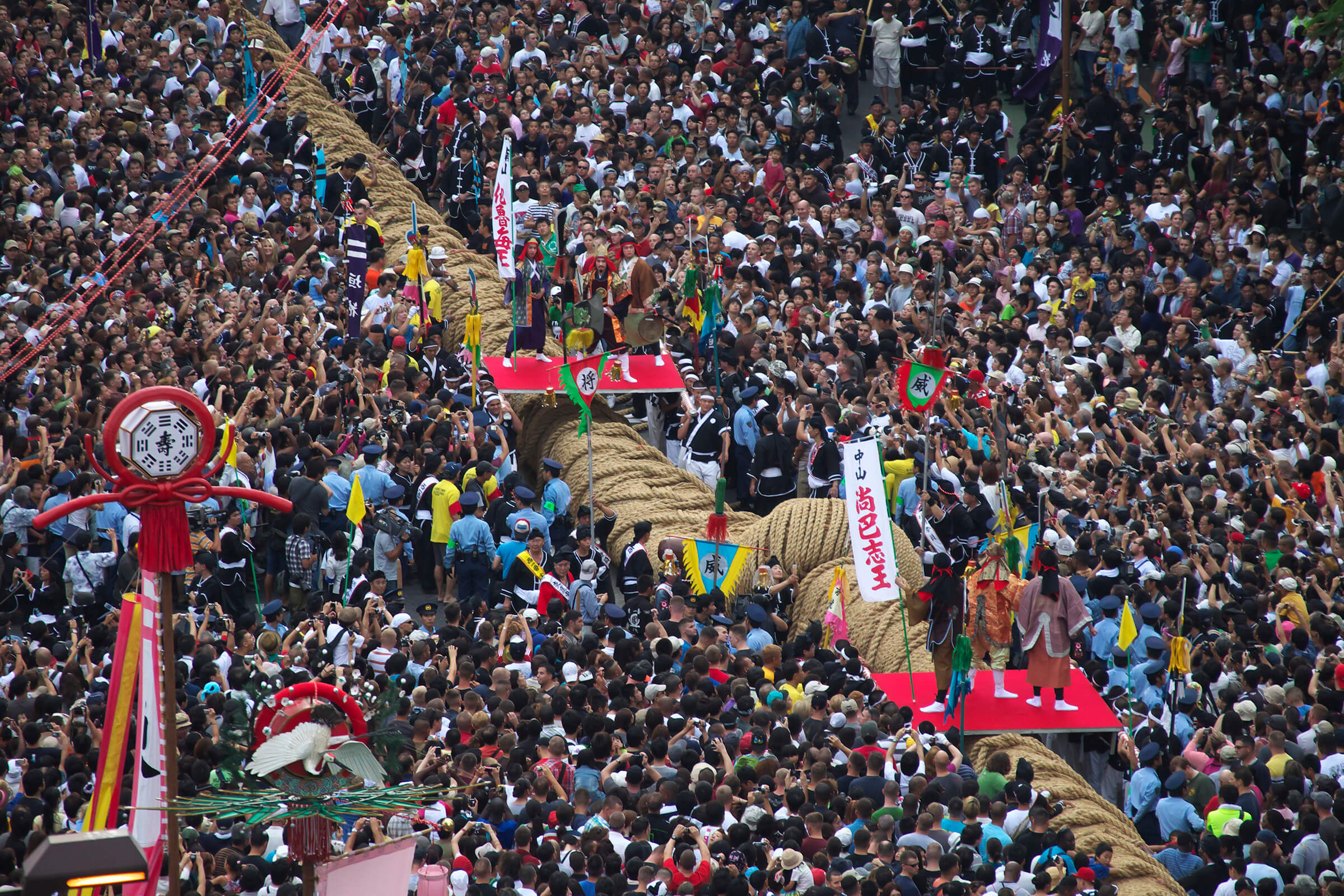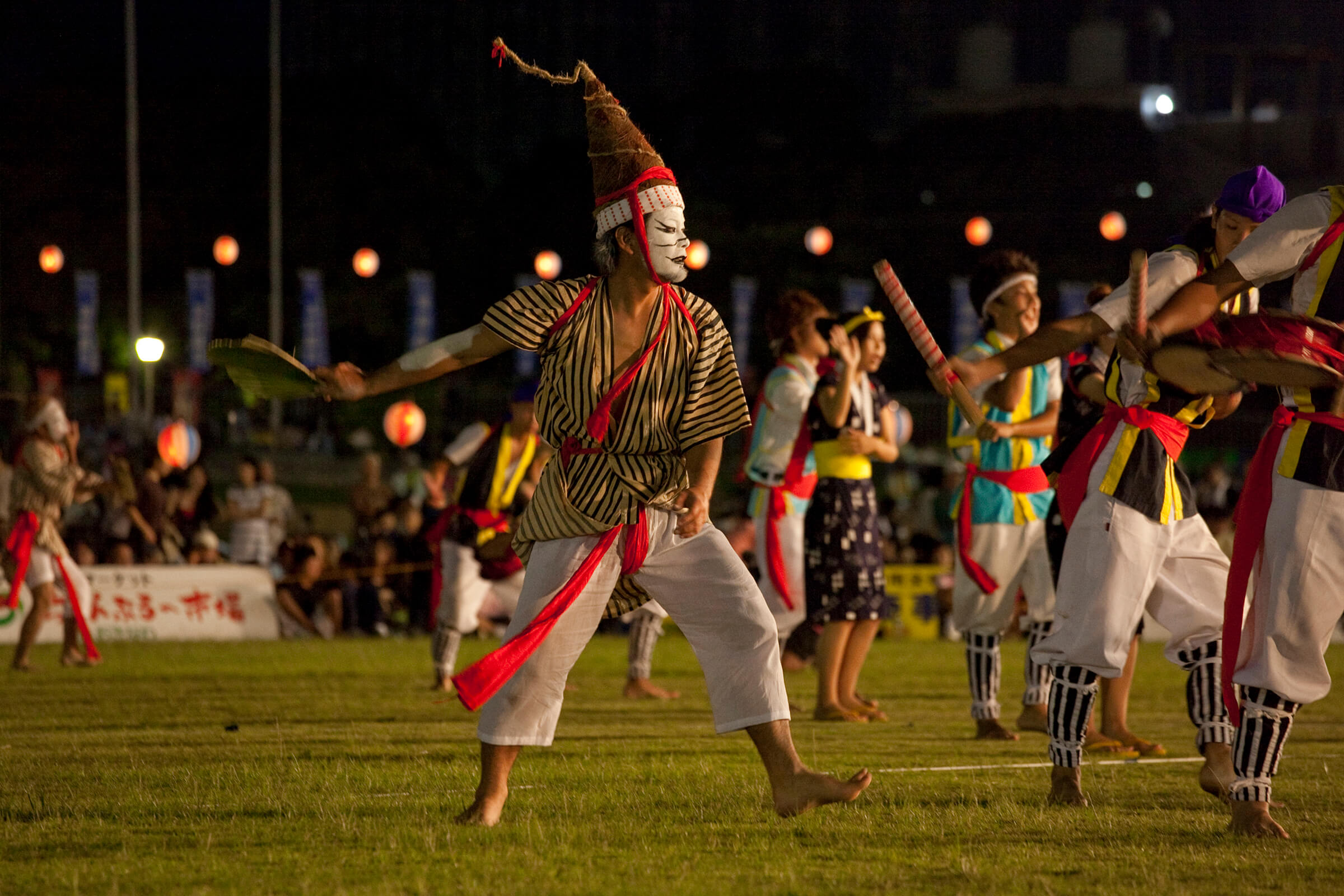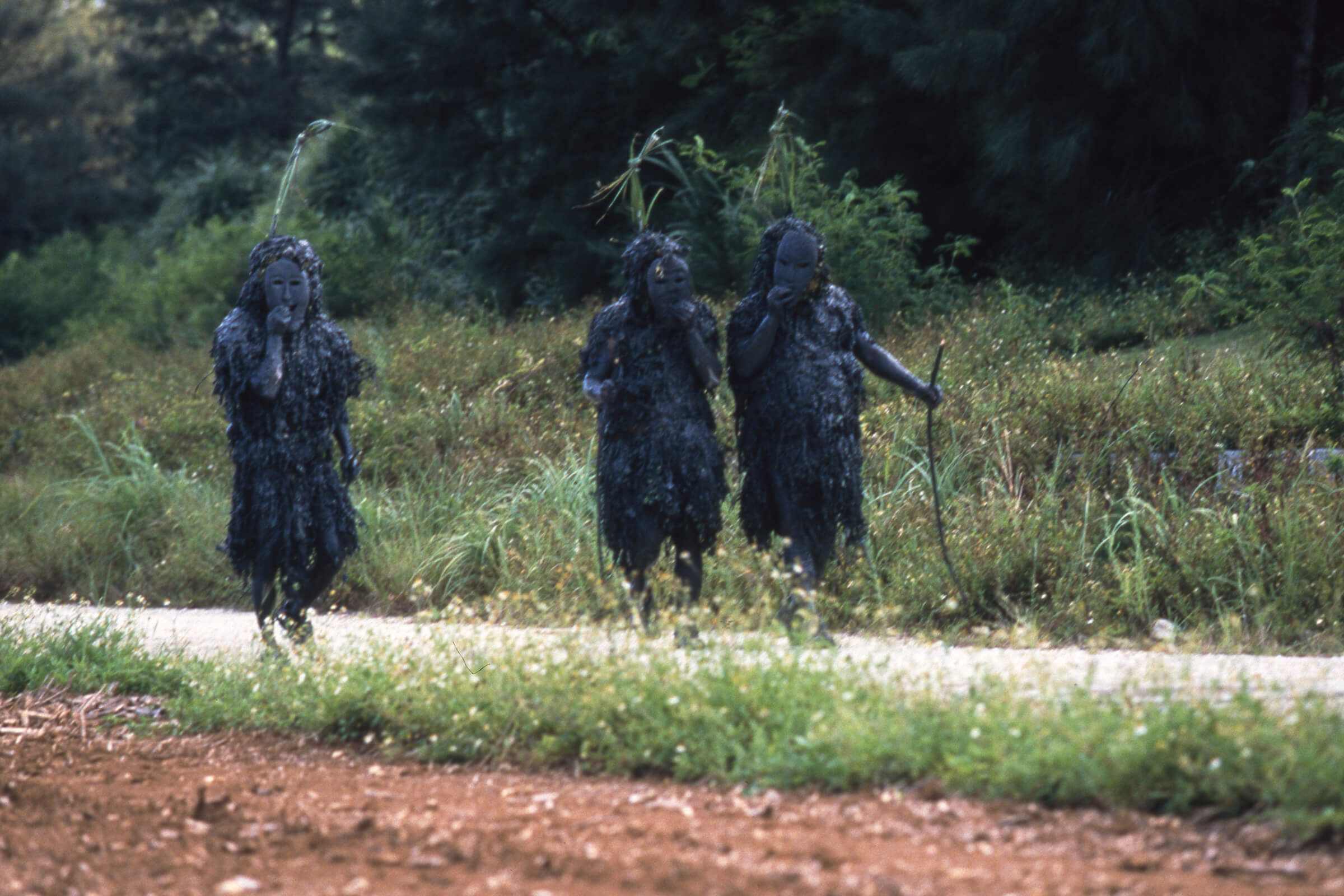ABOUT OKINAWA沖縄について
Prayer for Appreciation – Annual Events in Okinawa
In Okinawa, annual events are held according to dates in the lunar calendar. Those are the events and festivals ranging from welcoming ancestors to wishing for rich harvest and bountiful fishing and to praying for appreciation. Events and festivals like eisa, hari, tug-of-war are becoming iconic traditional events and there are many tourists from Japan and abroad visiting to see those dynamic annual events in Okinawa. Here are six of the main Okinawa annual events.
Before looking into each event, you need to quick-learn about the lunar calendar. It is a calendar created according to the phases of the moon. We now use a solar calendar based on the cycle of the earth’s orbit around the sun, but in Japan, the lunar calendar was used until it was revised in 1873. Furthermore, it is very common to use a 24-season calendar imported from China, which indicates the transition of the season every half month. Those measurements were very useful in an agricultural society like old days Okinawa, rituals praying for good harvest are performed according to the calendar and those rituals have been established as annual events in the community.
In addition to those annual events in each community, there are many daily base events such as praying for Hinukan (god of fire) and Ugan (wishing for the ancestors) held in Okinawa. Those are much more like customs not events, because those are the very part of Okinawans lifestyle daily life. Okinawan people still follow the lunar calendar and the family members gather to meet on the old New Year’s Day, on the Old Bon to celebrate and welcome the ancestors. The solar calendar became a standard measurement, but the lunar calendar still has a powerful role in Okinawa to hold annual events and home custom.
Hari, Eisa, and Great Tug-of-War

Hari or Hare, held from early summer to August, a traditional cultural dragon boat racing event by the Okinawan fisherman to pray for bountiful fishing trips, safe voyages, the health and prosperity of their families. Naha Hari and Itoman Hare are the famous one and there are many people to join and observe to see exciting boat racing.
As for eisa, this traditional dance including michi-june which is a marching in the community is for welcoming/sending off the ancestors during the old bon festival, and very linked annual event for both community and each family. On the weekend after the old bon festival, the youth associations from each region gather for Okinawa Zento Eisa Matsuri to show their style of eisa and it lures about 300,000 people during the 3 days weekend.

From June to August of the lunar calendar, it is a time to pray for rain and rice harvest, also appreciate the great harvest as well. One of the most famous events is the Naha Great Tug-of-War, and it is a dynamic event for all participants to grind the rope together hoping for peace, well-being, prosperity. It became a communication tool and icon of “prosperity, happiness, and unity” in Naha City.
Lunar New Year, Shimi, Old Bon
It became common to celebrate New Year on January 1st of the solar calendar, but it is rooted down custom to celebrate the Lunar New Year in Okinawa. In some areas, the water from wells and springs is called wakamiji, and it is dedicated to hunukan (god of fire), and make tea with the water for the ancestral tablet. In some areas, custom called mijinadi is the event on the day, putting the middle finger in wakamiji and rub forehead three times to pray for health. It is very rare to have wells and springs now so people use the first tap water in the morning instead.
In Okinawa, there is a season known as urizun in Okinawan language meaning the beautiful season with shining green plants on mountains celebrating spring. One of the biggest festivals for the ancestor’s held in this season, on every March of the lunar calendar, is Shimi. Originally introduced from China, but it is now a local Okinawan annual event. Families and relatives gather for a party on a family grave surrounded by hundreds of other tombs in a huge cemetery to spend time with their ancestors, pray for family healthy life offering feast including dishes, fruits, awamori, and more. It is like a picnic with the ancestors together and very unique to Okinawa where the distance of the alive and not are very close.

The Old Bon Festival is a three-day festival for the ancestors. Unke is the day welcoming them on July 13th in the lunar calendar, nakabi is the 2nd day spending time with them, and ukui on the 15th is the day sending off the spirits of the ancestors. During the festival, each family offers feasts on the family altars to show their appreciation for the spirits of the ancestors who are coming back to visit them, and pray for the health and prosperity. In Okinawa, old bon and the New Year are the two major events to celebrate with the ancestors and when something good happens to overlap, people laugh and say “Bon and the New Year came together.” During the bon time, there are many traditional events held in each community including eisa.

In addition to the six annual events mentioned above, there are many unique annual events in each region in Okinawa. For example, there is the Angama Festival in Yaeyama Region to welcome an old man called Ushumai and an old woman called Nmi representing the spirits of the ancestors from heaven. Also the Pantu Festival in Miyako Island is very unique as well, it is an annual event to get mud from the god called “Pantu” covered in mud roam and vine for warding off evil spirits. Even in the same area called Okinawa, there are a wide variety of annual events that take place in each region, and you may be surprised by its diversity.
Bibliography
【VISIT OKINAWA JAPAN】The Old Calendar Culture That Continues in Modern Time
